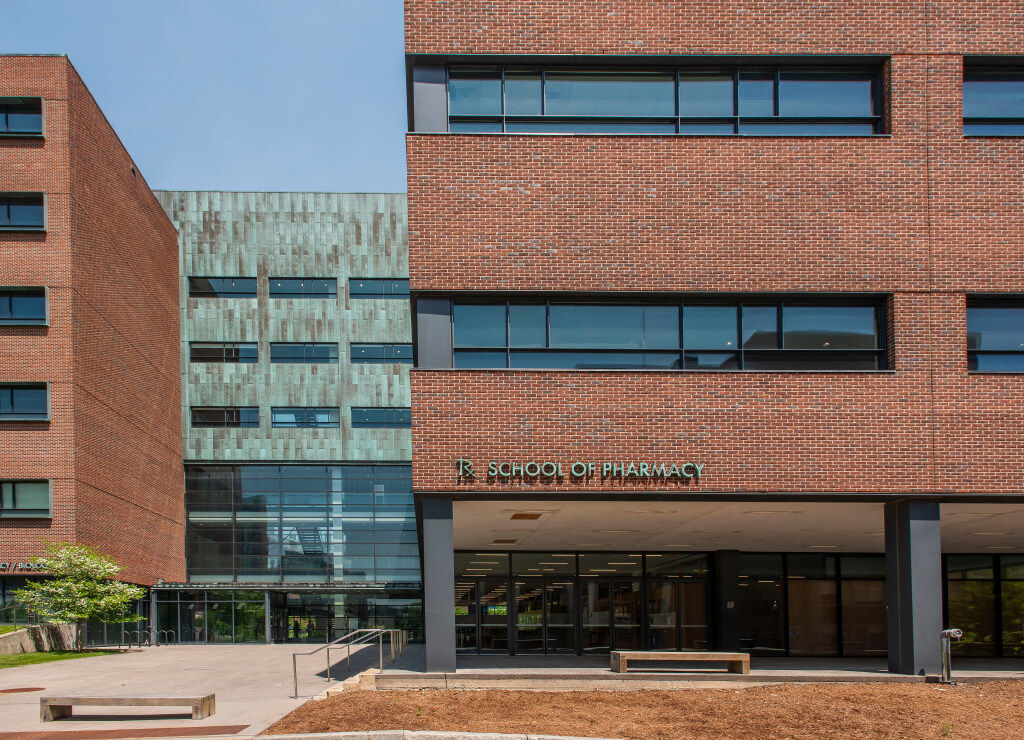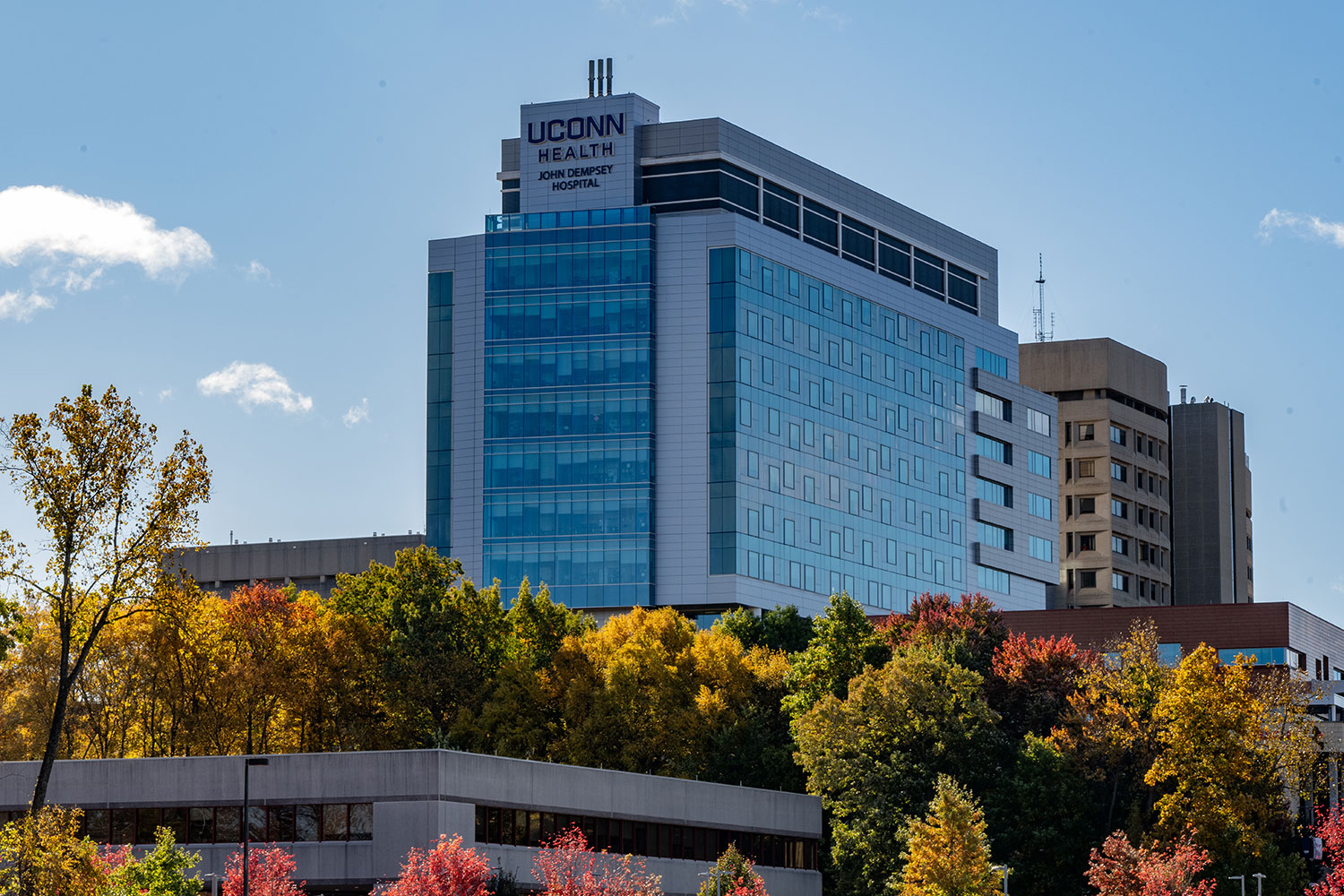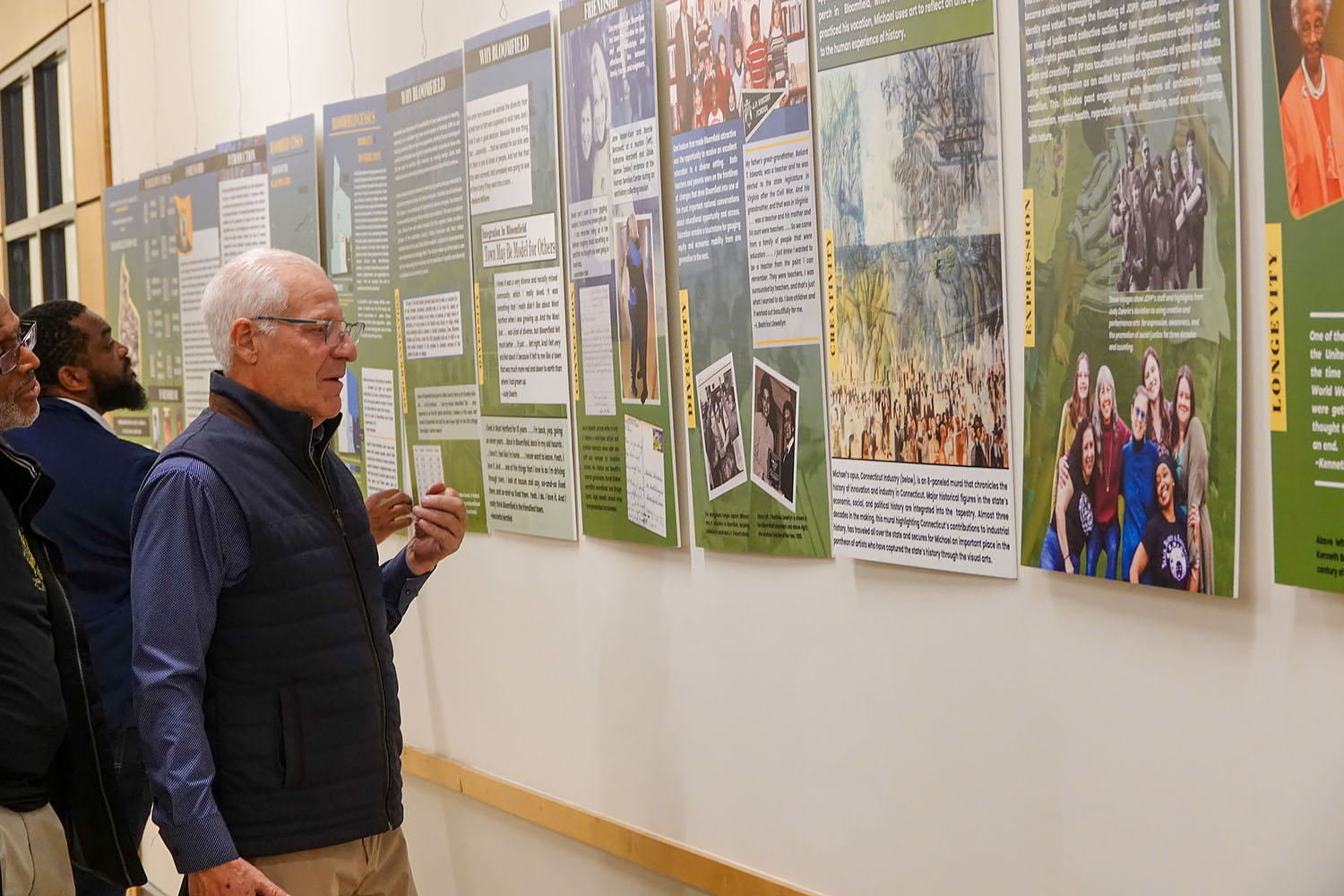A team of researchers associated with the Center for Transportation and Livable Systems is developing a decision support system that will help Connecticut’s local and state governments develop a strategic plan for brownfield redevelopment in the state.
 Brownfields are lands on which industrial companies or commercial operations – such as dry cleaners or gas stations – previously conducted business but which have been abandoned and are suspected for presence of soil and groundwater contamination. Brownfields are typically located in urban areas, contributing to blight and to population sprawl. The uncertainty and costs associated with identification and remediation of contamination have slowed brownfield redevelopment across the nation. The U.S. Environmental Protection Agency estimates that roughly 450,000 brownfield sites are spread nationwide, with up to 13,000 of them located in Connecticut. There currently is a strong drive to reclaim brownfields, driven by the emerging “smart growth” focus nationwide. Smart growth supports more economical building designs, mixed residential/business communities with diverse transportation options, and open land preservation while eschewing urban sprawl and the so-called car culture.
Brownfields are lands on which industrial companies or commercial operations – such as dry cleaners or gas stations – previously conducted business but which have been abandoned and are suspected for presence of soil and groundwater contamination. Brownfields are typically located in urban areas, contributing to blight and to population sprawl. The uncertainty and costs associated with identification and remediation of contamination have slowed brownfield redevelopment across the nation. The U.S. Environmental Protection Agency estimates that roughly 450,000 brownfield sites are spread nationwide, with up to 13,000 of them located in Connecticut. There currently is a strong drive to reclaim brownfields, driven by the emerging “smart growth” focus nationwide. Smart growth supports more economical building designs, mixed residential/business communities with diverse transportation options, and open land preservation while eschewing urban sprawl and the so-called car culture.
The multidisciplinary research team, led by Dr. Maria Chrysochoou, an assistant professor of Civil & Environmental Engineering (CEE), includes Drs. Amvrossios Bagtzoglou, CEE Department Head; Norman Garrick, also of CEE; and Kathleen Segerson, the Philip E. Austin Professor of Economics in the College of Liberal Arts and Sciences. The researchers recently completed a survey of stakeholders around the state and wrote an incisive report on their findings that appeared in The Connecticut Economy. Their study, which focuses on promoting and implementing a strategic plan for brownfield redevelopment in Connecticut, has received widespread attention in respected venues such as the New Britain Herald and WNPR’s Where We Live.
Connecticut’s leaders have indicated strong support for the development of these brownfields, so the researchers were interested in exploring why so few brownfields have undergone the cleanup necessary to reclaim them for development, and what processes are in place for identifying and selecting brownfield sites for redevelopment. They began their project by interviewing diverse stakeholders, including representatives from the Department of Economic and Community Development (DECD), Connecticut Brownfield Redevelopment Authority (CBRA), selected town authorities, the Regional Growth Partnership and the Regional Brownfields Partnership of West Central Connecticut. The stakeholders highlighted two primary obstacles: the lack of funding and often-rigid regulations governing liability and remediation. The latter challenge was addressed in 2009 with the General Assembly’s passage of legislation limiting liability and easing regulatory requirements for redevelopment. In addition, a shortage of coordinated efforts between the various stakeholders emerged as a barrier to optimize the brownfield selection and redevelopment process and the allocation of the available funds.
As the state faces ongoing budgetary belt tightening, it is unlikely that the available funding for brownfield redevelopment will substantially increase in the near future. This makes the need for efficient resource allocation even more imperative. With this in mind, Dr. Chrysochoou and her collaborators have developed a geographic information system (GIS) tool that will aid decision makers in developing a strategic plan for brownfield redevelopment both at the town and at the state level. GISs can be used to meld multi-dimensional facets such as topography, land use, development, geology and jurisdiction for a given locale, making them indispensible for scientists as well as land use planners. The team is developing a GIS that will include maps of three parameters related to brownfields: a) smart-growth aspects, such as proximity to public transit, population density and availability of public amenities; b) environmental aspects, such as proximity of brownfield to public water supplies, parks and risk of contamination; and c) socioeconomic aspects, such as income, poverty levels and business activity in the vicinity of the brownfields.
The CTLS team is currently working with DECD to integrate the GIS in current activities and especially in the development of comprehensive economic development strategies for Connecticut towns, covering a multitude of activities including environmental actions such as brownfield redevelopment and open space acquisition. In this way, brownfield redevelopment will acquire a more strategic character and be integrated into a larger vision of economic development for Connecticut.


